Gender Equity and Biological Development and Health

Biological Development
Children go through different stages where growth and development are a part that is constantly changing throughout their lives.
Growth is one that comprises their physical appearance while development refers to the quantitative aspects (character, emotions, etc.) of an individual.
/2795073-stages-of-prenatal-development-01-5a3040f6eb4d5200362d5553.png)
The pre-natal stages of development
Period of noticeable changes that helps lay the foundation for an individual's future psychological development.
The brain develops and consists of three stages.
germinal stage
embryonic period
fetal period

Brain development before birth
Brain development begins from the third week of gestation until adolescence.
The neural processes that happen in the brain are based on molecular events and the environment where it is found.
Growth and development stages in infants and children
Infancy is the first stage of children's development and covers the child through prenatal care and up to one year of age.
Child development is where the skills and capacities of independence begin to form.
Cognition
Social interaction and emotional regulation
Speech and Language
Physical skills
Sensory awareness

The Biology of Child development and learning
Developmental biology and neuroscience reveal 4 general knowledge of the brain in addition to other biological systems in childhood development.
Rapidity of brain development during early child-hood
dynamic interaction between underlying biological processes and exposures and experiences in the environment.
The interplay of genes and environment.
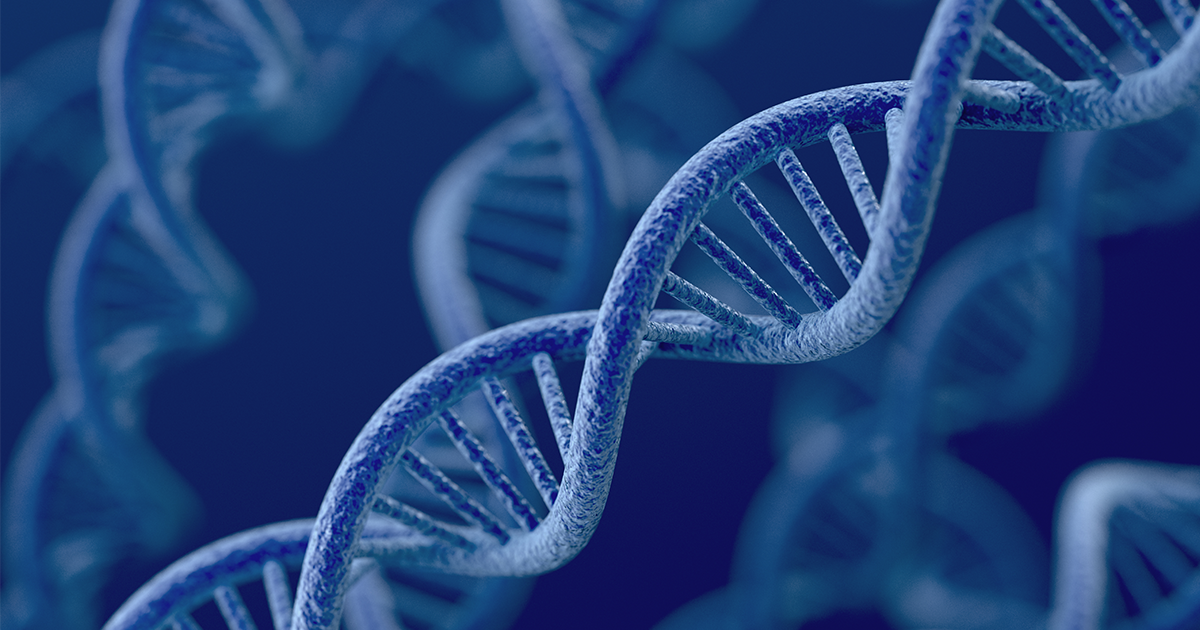
Genes

environmental factors
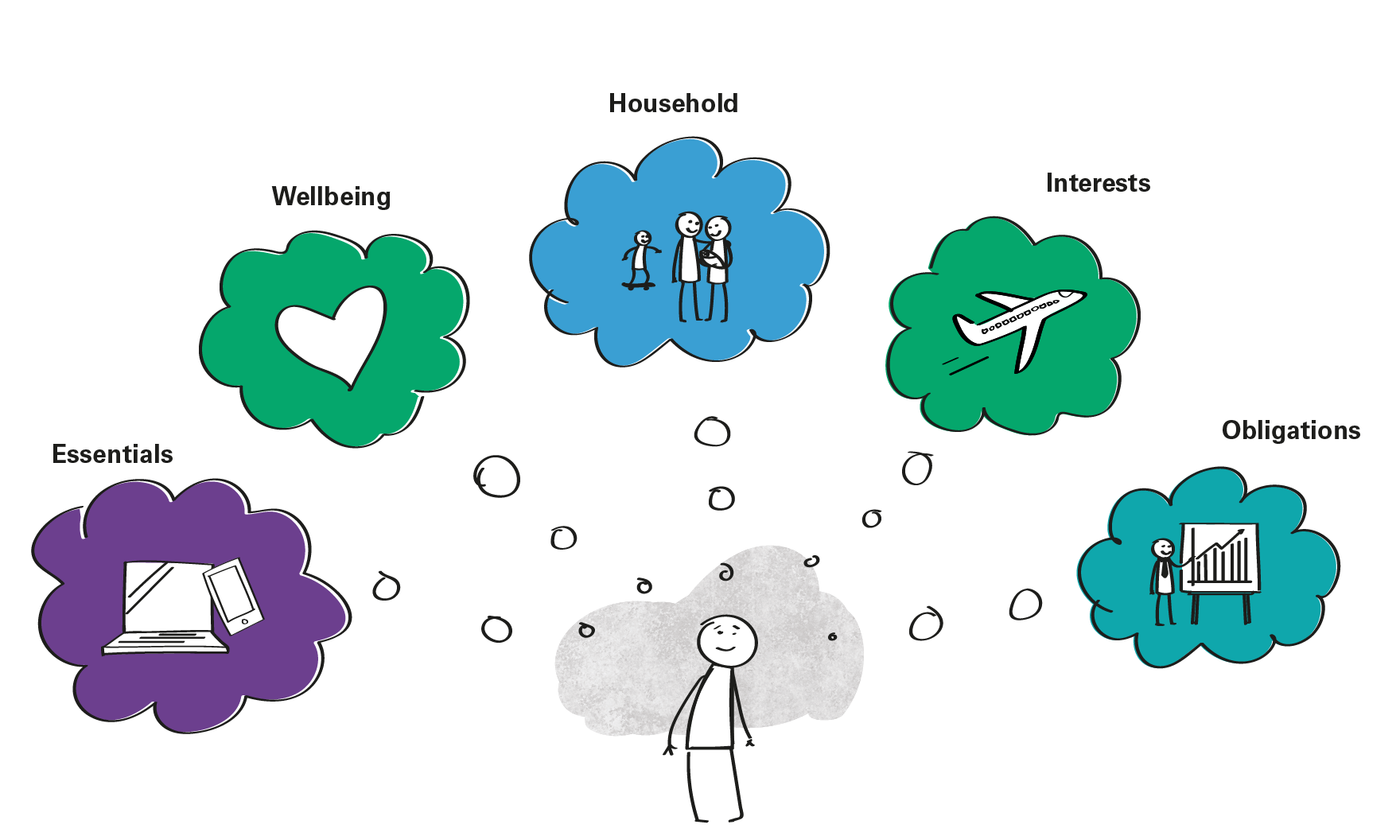
experiences
The impact of stress on development
Early psychological and social adversities
The immune and endocrine systems may be affected by stress.
Individual differences in sensitivity to environments
Individual differences
The Natural Academies of Sciences, Engineering and Medicine
The Biology of adolescent development
The 10-20 year period in which boys and girls reach adult height and weight and experience sexual maturation.
The changes that occur are physical, intellectual, personality and social development.
Nutrition, general health, and living conditions have affected times of sexual maturity.
The growth and physical appearance of boys and girls change reaching their sexual maturity.
Brain development in adolescents by the frontal lobe increases risk behaviors and elevates emotions.
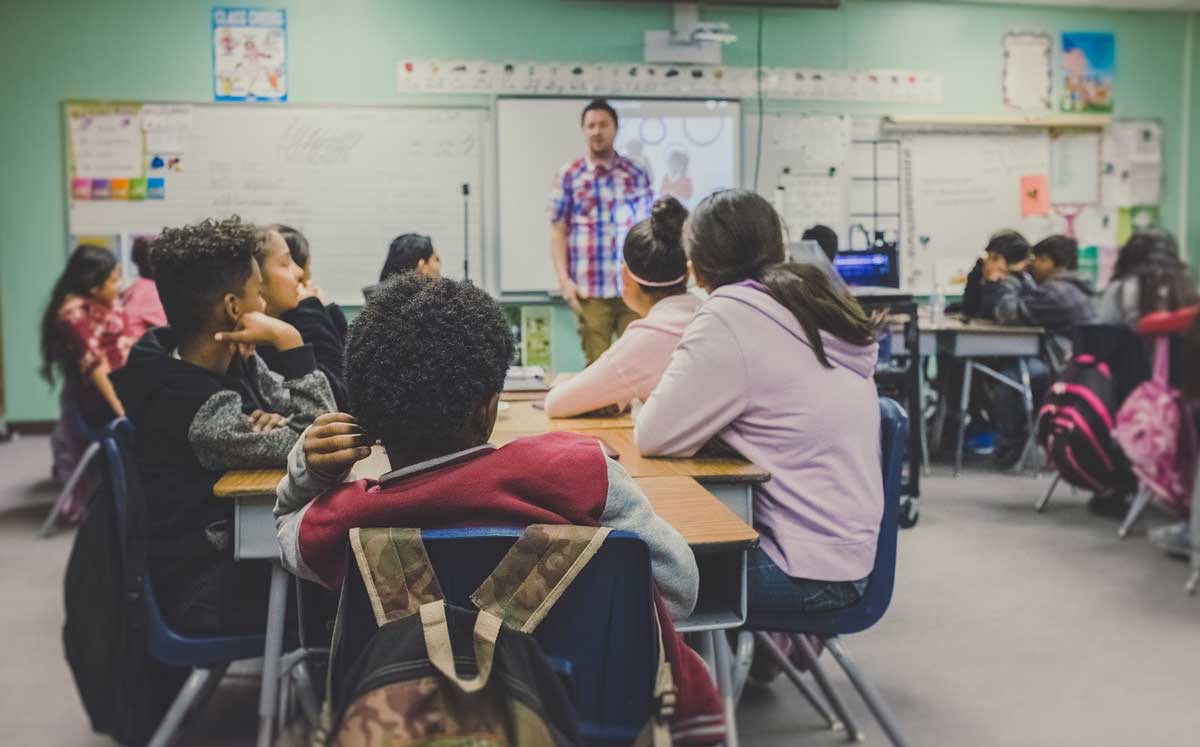
How health affects a child and an adolescent´s school performance
Health in children and adolescents is the main source where several factors, both positive and negative, influence.
factors
genetics
the environment
relationships with friends and family
the level of education and income
themes

Poor sleep
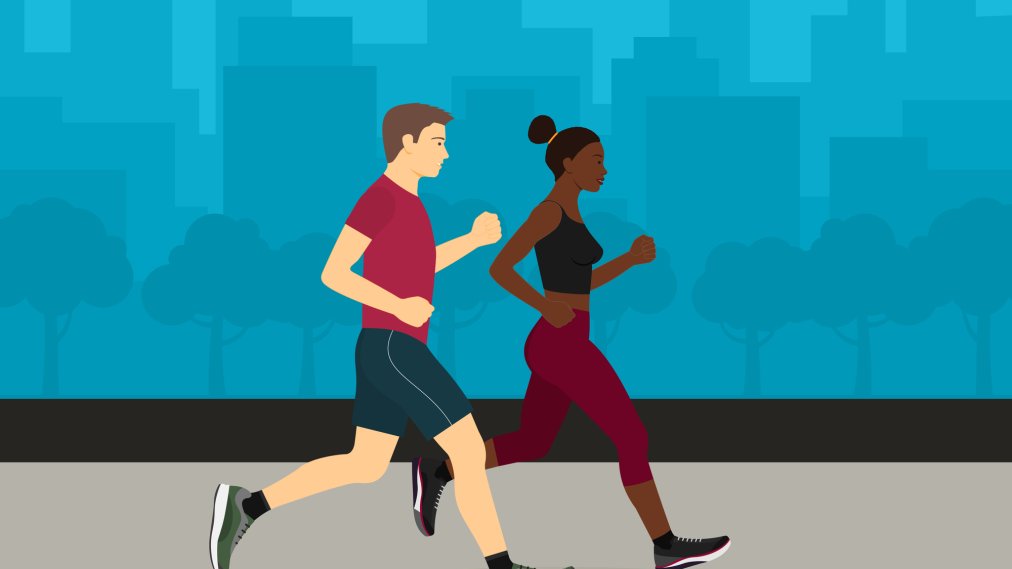
Exercise

Importance of breakfast

Obesity
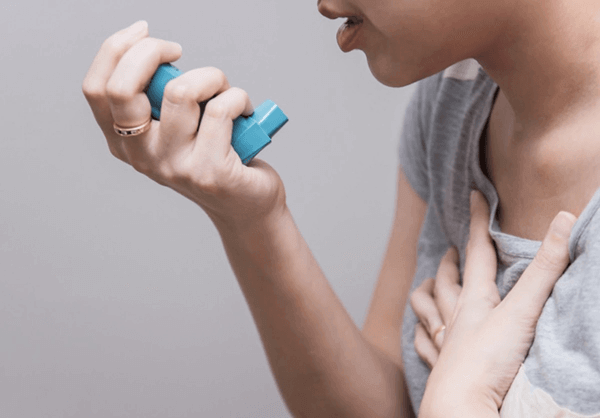
Asthma
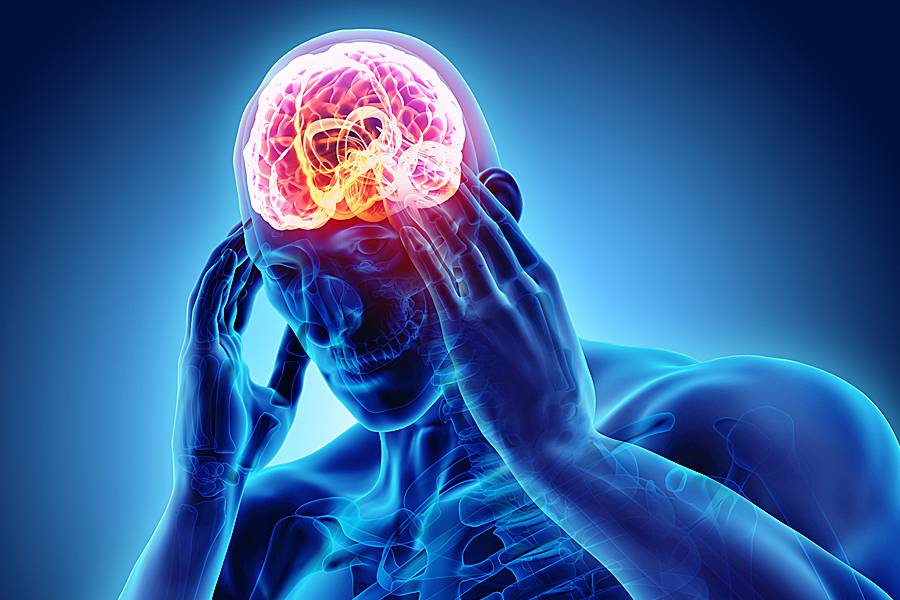
Chronic health problems.
Gender definition
They are those attitudes and behaviors accepted by society as appropriate ways of being a woman or a man.
Social construction that depends on culture, socioeconomic class, and time being reinforced over time by social practice (Guinea, 2009).
Parity, Equality and Equity

Gender parity
It is the proportion of girls and boys who enter and complete school.
It is to respect the rights of children in addition to guaranteeing their education and learning development in each institution.

Gender equality
The goal is to ensure that everyone has the same.
It is the aspiration of several international conventions.
They respect human rights and ensure conditions between men and women.
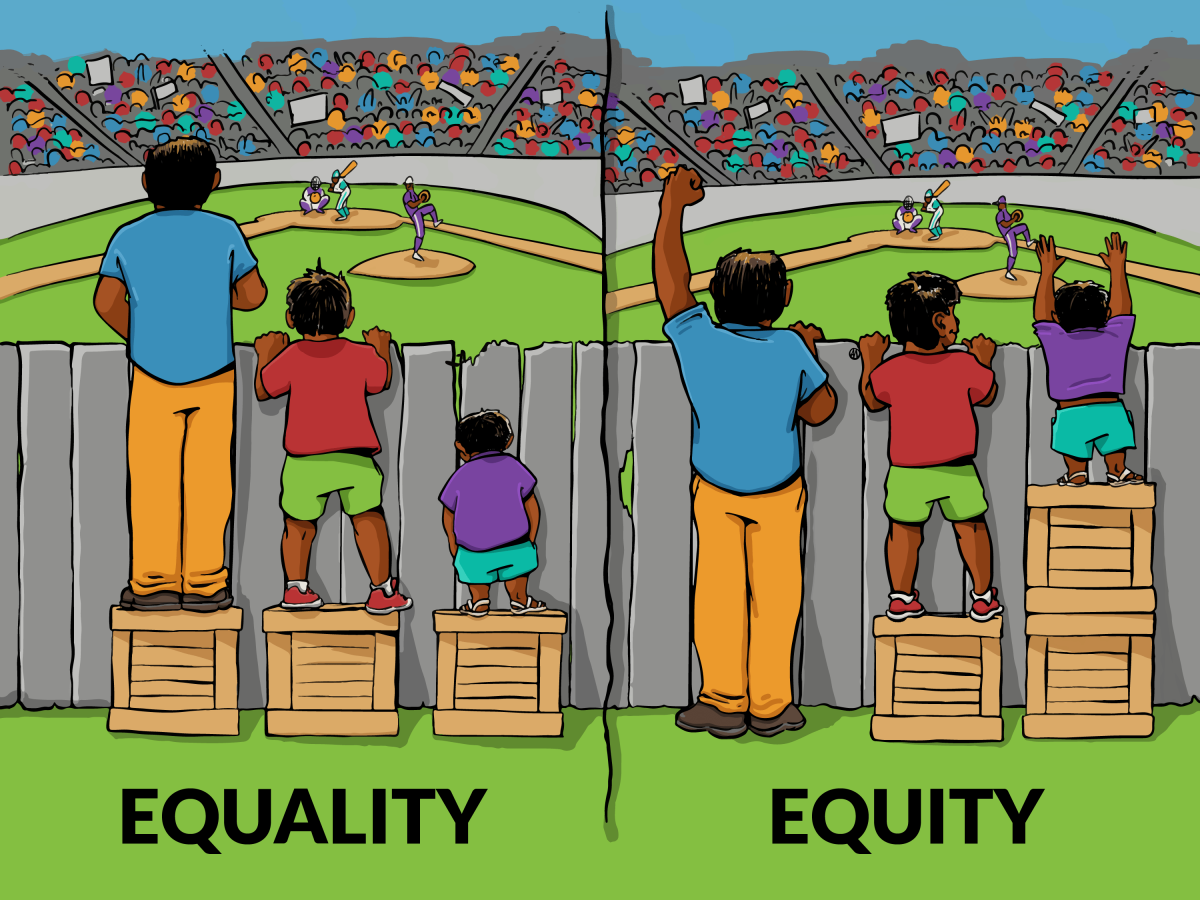
Gender equity
It is justice without prejudice.
All of us who are part of the educational field must select, organize and share knowledge to avoid problems.
Educational equality and equity
According to UNESCO, "education is the fundamental right which promotes individual freedom and empowerment and produces important benefits for development.

Educational equality
All students must have the same resources necessary for a quality education.
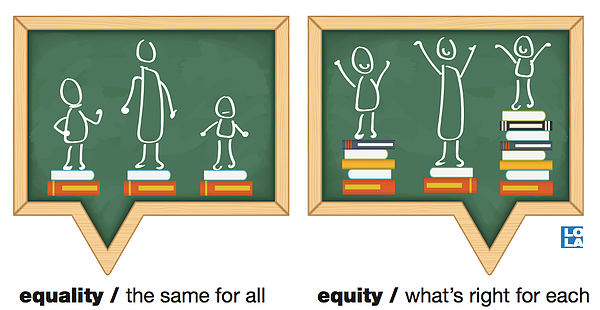
Educational equity
The furthest behind (low-income, indigenous, Afro-Ecuadorian, rural, or inner-city students) have access to exceptional education, technological resources, and teachers.
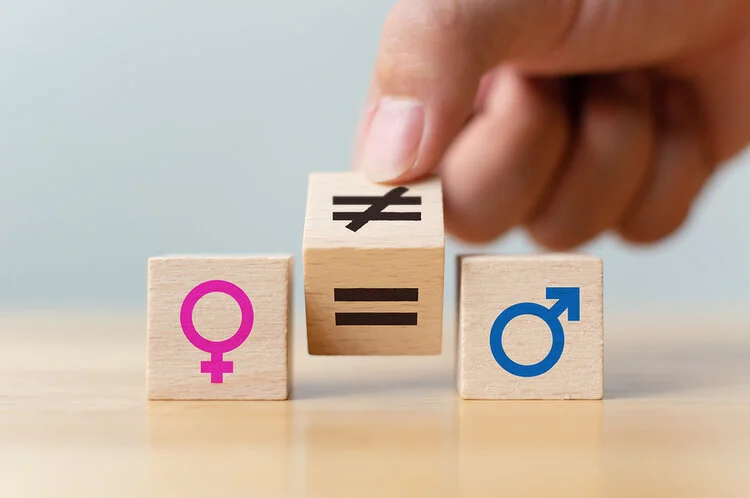
Gender equality and gender equity in education
Gender equality in education means that members of both sexes must legally enjoy the same rights, resources, opportunities and protection.
Equality in the learning process where the learning style does not define the student.
Gender is not an obstacle to reaching educational potential.
We all have the same opportunities in the future in terms of economic, social, cultural and political issues.
The Ministry of Education is the main one in promoting gender equity by eliminating the traditional treatment of roles and promoting a society without discrimination.
Causes of gender discrimination in education
Economic, religious, traditional, cultural and political factors are what drive women to lose their opportunities and violate their rights.
Stakeholders to get the Gender equity
Those responsible for guaranteeing gender equality and equity are the Government, parents, schools, teachers and students.
The government, educational institution, teachers, parents, students, and the community are responsible for challenging stereotypes and ensuring that discriminatory practices are not tolerated.
The process of gender equity construction
"Implementing gender equality in the classroom is key to connecting education and citizenship with human rights."(Guinea, 2009).
Educational institutions must enact gender equality based on training and equitable treatment among students.